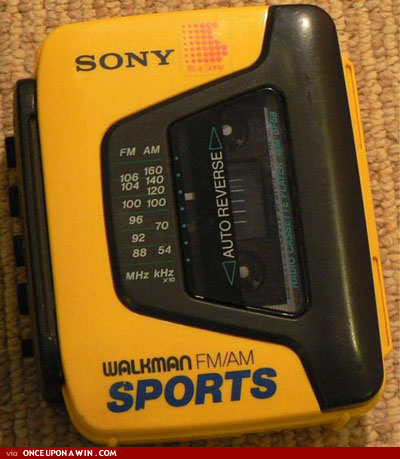After watching my Mac-obsessed friends win/lose their bets about Steve Jobs’ announcements at the MacWorld Expo this week, I feel obligated to make some predictions of my own. Plus, every self-respecting tech or music blog has to make some predictions for the coming year, right? In no particular order:
1. The beginning of the end of big record labels: With CD sales continuing to plummet and big name artists like Radiohead and Nine Inch Nails cutting out the middle man in favor of a direct relationship with their fans, record labels are beginning to look a bit outdated. Probably not the best place to look for a job right now, anyway.
There are now so many ways that artists and fans can find each other online: band websites, social networking and/or music sharing communities (e.g. MySpace, iMeem, iLike), individual mp3 sales (e.g. iTunes, eMusic, Amie Street), music discovery sites (e.g. Musicovery), internet radio sites (e.g. Pandora, Last.fm) subscription services (e.g. Rhapsody, Napster), webzines (e.g. Pitchfork, Mix) etc. Furthermore, services like Slicethepie and Sellaband are paving the way for a more direct financial and emotional connection between creators and consumers.
Not to mention that artists don’t really need a label to get them started on recording an album anymore. With the plethora of affordable software and equipment available, virtually anyone can record their music at home. At this point, it seems the labels have all but given up on reviving CD sales. So, the question is can they find other ways to be profitable? What’s in store for them in their not-so-big future?
2. Music Search Engines: Several new “playable search” engines allow you to simply type in an artist name and then give you a host of options for a song/artist such as: listen to, buy, share, embed, blog, download ringtone, find tour dates, youtube videos, photos etc. Seeqpod, in my opinion, is the best service so far. Also worth checking out are Songza and SkreemR.
On the flip side, there is the concept of search based on sound recognition, which I think is likely to start catching on. Midomi, a community for music fans, uses MARS (Multimodal Recognition System) Search technology, developed by Melodis. Their goal is to “create a comprehensive database of searchable music based on user contribution”. Can’t remember the name of that song stuck in your head? Sing, whistle or hum it to Midomi, then search!
3. Music Widgets – More and more widgets, typically music players that you can embed into, say, your myspace profile or your blog, are popping up. Facebook, with its innumerable enthusiastic application creators, is of course churning out a ton of music-related apps. I think that 2008 will see not only an increasing number of music widgets but also a much higher level of sophistication in these apps.
4. Copyright Restrictions Lesson – Though still a very sensitive area, it seems there is a general trend toward dropping DRM protections. Even Sony BMG is preparing to join the other top music labels in doing so, in an effort to man up and compete with Apple and its market share.
5. Niche Social Networks for Musicians – Now that social networking has pretty much infiltrated the mainstream and everyone from grandparents to business people are hip to the concept, the industry has begun to specialize. All kinds of niche social networks have been popping up, and I predict that in 2008 this trend will gain significant momentum. With special interest groups ranging from beer lovers (Coastr) to shoestring travelers (CouchSurfing) and everything in between, clearly musicians will be trying the various music related social networks on for size. There are quite a few communities and networks for musicians out there now. Some pretty decent. Some…not so much. Luckily, musicians far and wide will soon have a place to call home.




